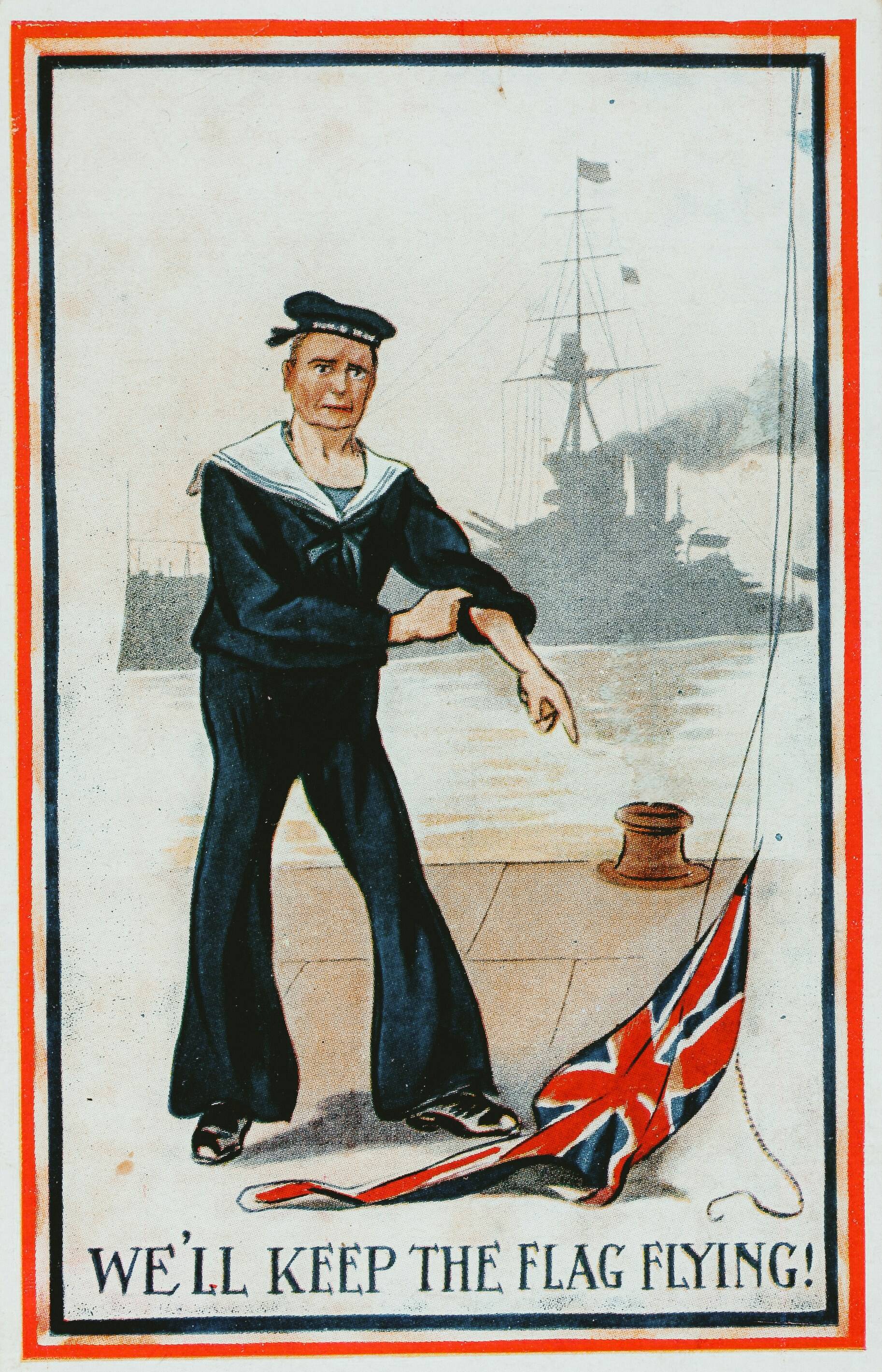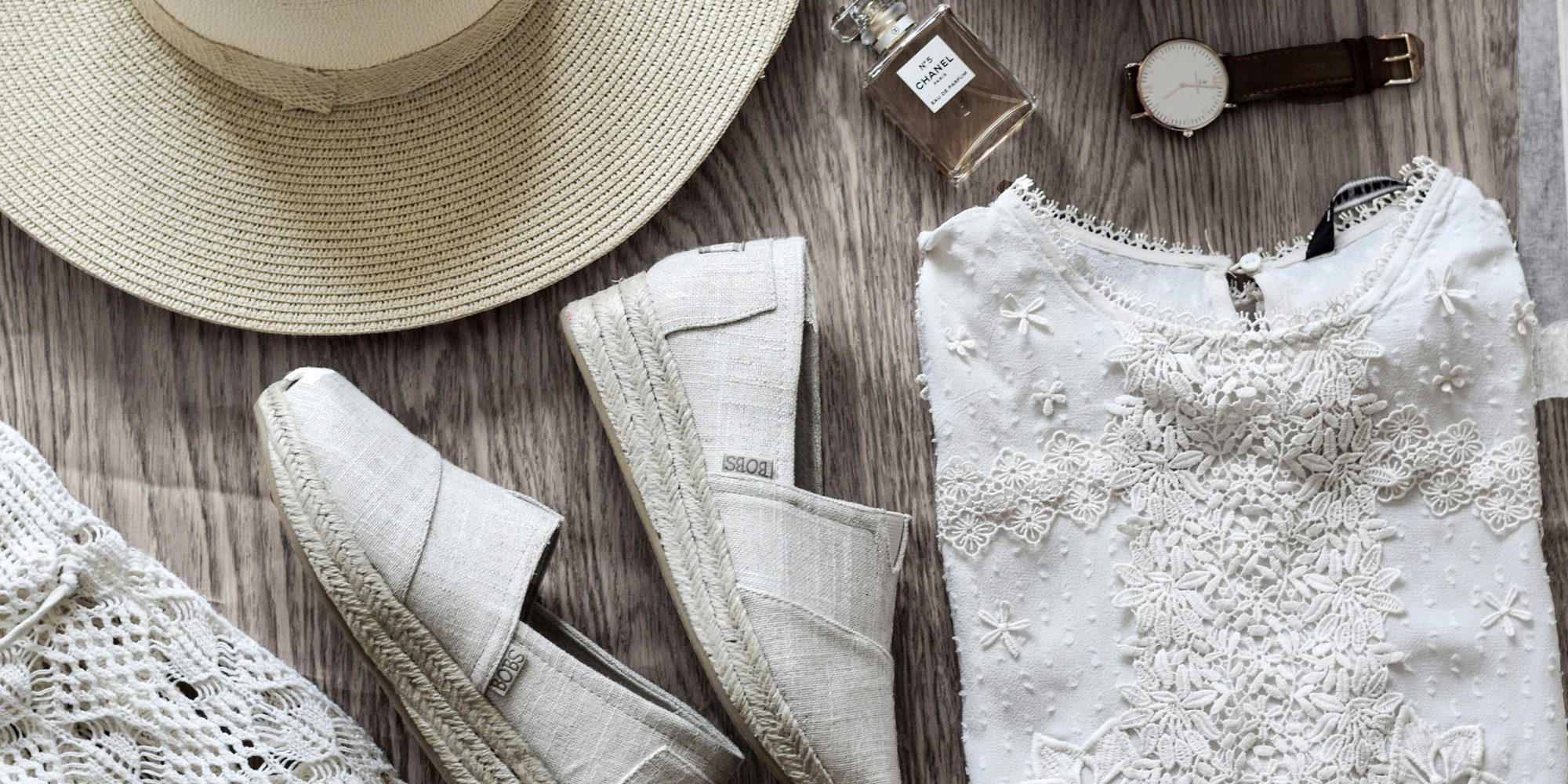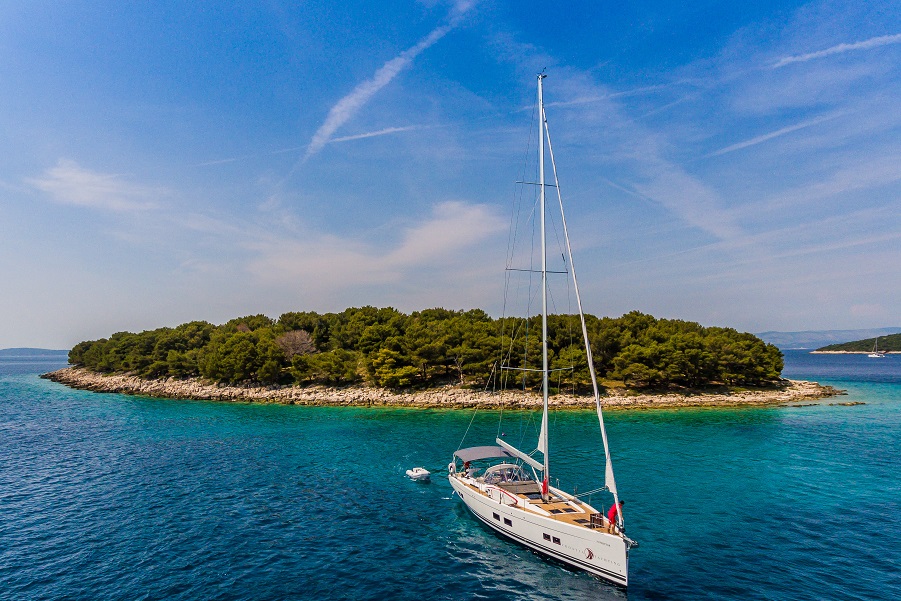Nautical Fashion Trends: From Naval Decks to High Fashion Runways

Table of Contents
- The History of Nautical Fashion: From Naval Uniforms to Everyday Elegance
- Coco Chanel and the Birth of Modern Nautical Style
- Leading Global Nautical Fashion Brands
- Characteristics of Nautical Style
- Contemporary Designers and Modern Interpretations of Nautical Style
- The significance of nautical fashion in the modern world
Nautical fashion has remained one of the most enduring and iconic styles in the fashion industry, holding its relevance and charm for over a century despite the ever-changing trends. From the classic horizontal stripes and sailor collars to modern takes on the nautical style seen on prestigious fashion runways, this timeless aesthetic draws inspiration from the sea and the sailing lifestyle. More than just a fashion trend, nautical clothing represents a way of life that merges the practicality of maritime fashion with the sophistication needed for life on land. Over the decades, top designers have dedicated collections to maritime themes, creating iconic garments synonymous with summer elegance and the carefree moments spent by the sea.
The History of Nautical Fashion: From Naval Uniforms to Everyday Elegance
Nautical fashion has its origins in standardized naval uniforms introduced in the early 19th century, with the distinctive square collar becoming the foundation of what we now recognize as nautical style.
A key turning point came in the 1840s when Queen Victoria, a major fashion trendsetter, had a miniature sailor uniform made for her son, Prince Albert Edward (future Edward VII), for a royal yacht trip. Victoria’s influence on fashion made sailor attire popular for children's clothing, quickly establishing it as a classic nautical look.
By the 1870s, nautical motifs began to appear in women’s fashion. The first examples of yachting costumes borrowed elements from naval uniforms, such as braids, buttons, and the signature collar. In 1895, Godey’s Ladies Book declared, “The yachting season is upon us, and this year’s fashions show many charming yachting suits, all equally chic and effective.”
As swimming became more popular in the late Victorian era, nautical fashion inspired a new wave of swimwear. By the Edwardian period, nautical styles expanded into everyday fashion, and by the 1910s, it was a recognizable look, making its way into mainstream clothing. "The sailor dress is always in fashion," proclaimed the Sears catalog in 1915.

Coco Chanel and the Birth of Modern Nautical Style
It is impossible to discuss nautical fashion without mentioning Gabrielle “Coco” Chanel, who played a pivotal role in shaping the modern version of this iconic style. The striped shirt and wide “bell-bottom” trousers, two enduring nautical garments, were popularized by Chanel in the 1920s.
Chanel was often seen wearing her signature androgynous striped sweaters and “yachting trousers” on the French Riviera. In 1917, Chanel began selling a jersey version of the striped shirt, and by the 1920s, she frequently wore striped sweaters and wide trousers. This effortlessly chic look elevated nautical style beyond the sailing world and into mainstream fashion.
The Breton striped shirt, now synonymous with French chic and nautical style, originated in Brittany, where it was first worn by fishermen. It became part of the official French naval uniform in 1858, with the twenty-one stripes symbolizing Napoleon’s victories.
Chanel’s reinterpretation of this iconic shirt solidified its place as a fashion classic that remains a must-have in every nautical-inspired collection.
Leading Global Nautical Fashion Brands
Over the years, many brands have become leaders in nautical fashion, creating iconic styles that blend functionality and aesthetics, making them perfect for both the sea and land. These brands have mastered the art of nautical-inspired clothing, offering timeless pieces that reflect the elegance of maritime culture while ensuring practicality.
Nautica
One of the most recognizable nautical brands, Nautica, was founded by David Chu in 1983 in New York. The brand quickly became the official brand of the US Olympic sailing team. Nautica is an absolute favorite for modern nautical clothing. If you’re looking for a simple, classic, and reliable brand, Nautica is the perfect choice. They have existed since the 1980s and have since developed a cult status. Their range is more suited to a casual, elegant approach to nautical style, so if you plan on more active sailing, you may need something more practical.
Helly Hansen
Coming from Norway, Helly Hansen is a pioneer in the nautical brand scene, with roots dating back to 1877. The history began with Helly Juel Hansen, who decided to find a solution to better protect himself from Norway’s harsh weather. Hansen and his wife Margrethe began producing waterproof jackets, trousers, and tarpaulins made from coarse canvas soaked in linseed oil.
Today, Helly Hansen is an indispensable name in the world of sailing, with equipment worn by world-class sailors regardless of which sea or ocean they sail.
Helly Hansen prioritizes performance, protection, and safety when designing nautical clothing, with the addition of innovations developed in the world’s harshest environments. One of the most innovative lines was introduced in 2020 – LIFA INFINITY PRO™, made without any chemical treatments.
Quba & Co.
Quba’s range is reminiscent of Nautica but is more functional and adapted for practical sailing. They have almost every garment you might need for a holiday on a boat, along with nautical accessories for your yacht.
From stylish windbreakers and nautical pajamas to sailing jackets and swimwear, you’ll find all the essentials at Quba & Co. One thing is certain: you can embark on any adventure with this functional nautical brand.
Sperry
Everyone knows this classic nautical brand. Synonymous with life on board, Sperry is the birthplace of boat shoes owned by every sailor. Interestingly, the brand was founded after Paul A. Sperry came up with the idea for a special, non-slip rubber sole following a slipping accident that threw him into the sea.
The soles are known for their herringbone patterns, which provide an effective grip on wet surfaces, making them ideal for life on board.
Characteristics of Nautical Style
Nautical style is defined by several key elements that have remained timeless, evolving over the years but always reflecting its maritime roots:
Colors and Patterns
The classic nautical color palette features navy blue, white, and red, with gold accents often used in details like buttons. This color scheme is inspired by naval uniforms and maritime elements, where blue symbolizes the sea, white represents purity, and red provides a dynamic contrast.
Horizontal stripes, especially blue and white, are a hallmark of nautical style. Originally part of the French naval uniform, the striped pattern has become synonymous with nautical fashion. The iconic Breton shirt, with its 21 stripes, is a classic piece that appears in almost every nautical-inspired collection.
In addition to stripes, maritime motifs such as anchors, ropes, knots, compasses, and shells are commonly featured. These elements appear as prints, embroidery, or decorative details on buttons and accessories, adding a distinctive nautical charm.
Materials and Textures
Nautical fashion traditionally utilizes durable, natural materials suited for the maritime environment, including cotton, linen, wool, and leather. These materials ensure functionality and comfort both on and off the water. In modern nautical fashion, waterproof, breathable, and quick-drying fabrics are essential for functional and stylish nautical clothing.
The texture of fabric also plays a significant role in nautical style. Coarser materials like canvas and sailcloth are typically used for accessories and outerwear, while softer fabrics like jersey and cotton are used for garments worn close to the skin.
Iconic Nautical Pieces
Several garments have become synonymous with nautical fashion:
- Breton shirt: The striped shirt was originally part of the French naval uniform.
- Boat shoes: Leather shoes with rubber soles designed for grip on wet surfaces.
- Blazer: Often in navy blue with metal buttons, embodying the classic nautical style.
- Sailor collar: The square collar, often with blue stripes, is an iconic nautical detail.
- Bell-bottom trousers: Wide trousers once worn by sailors, now adapted in various fabrics.
- Light windbreaker: A functional and stylish piece essential for sailing.
Nautical style continues to inspire fashion collections worldwide, combining timeless elegance with functionality suited for the sea and everyday life.
Contemporary Designers and Modern Interpretations of Nautical Style
The nautical style is constantly reinterpreted on fashion runways, with designers finding new ways to refresh this classic look for a contemporary audience.
High fashion and nautical interpretations
Designers from Vivienne Westwood to Galliano and Chanel have created collections inspired by sailor attire and maritime culture. The styles and trends they create often make their way to the mass market, offering accessible nautical looks to the fashion public.
John Galliano’s 2005 menswear collection revisited the glamour of the golden age of piracy. The collection included many highly individual pieces and used the traditional cut of the sailor jacket, combining military style and beachwear
Japanese designer Kenzo Takada launched the KENZO brand in Paris in 1970. KENZO quickly became known for its bold and abstract use of color and the fusion of traditional Japanese styles with relaxed cuts. In 2006, KENZO designer Antonio Marras launched a nautical-inspired ready-to-wear spring/summer collection. Marras, who lived and worked overlooking the sea in Sardinia, used his surroundings as inspiration.
Recently, fashion houses like Prada, Gucci, Miu Miu, and Saint Laurent have also presented their visions of nautical style, refreshing classic elements with contemporary cuts and details.
House of Aama offers a fresh approach to classic sailor stripes through their red-and-white striped crop tops and skirts.
Akris
The Akris Cruise 2025 collection draws inspiration from the strength and mystery of the open sea. From the wavy shores in the Nordic hemisphere to the radiant beauty of blue horizons and starry nights, Akris’s designer maritime summer styles embody effortless chic, combining coastal elegance with luxury fashion craftsmanship.
The significance of nautical fashion in the modern world
- There’s something about being by the sea in summer that fuels fashion creativity. From sailor collars and blue-and-white prints to the iconic striped shirt, these elements form the backbone of every nautical fashion wardrobe.
- Nautical style is classic, elegant, and effortlessly wearable. Its clean lines and maritime color palette make it suitable for all body types and occasions. Both luxury designers and mainstream brands continue to feature nautical pieces in their collections, making the style widely accessible.
- The significance of nautical fashion today goes beyond aesthetics. In line with the growth of sustainable fashion, many nautical brands are embracing eco-conscious materials and processes. Helly Hansen, for example, offers lines free from chemical treatments, while others upcycle fishing nets and ocean plastics into new textiles.
- The nautical style also represents a lifestyle – freedom, adventure, and a connection with nature. In today’s busy world, these values resonate more than ever, contributing to the lasting appeal of this maritime-inspired aesthetic.

The Timelessness of Nautical Style
With deep roots in naval history, nautical fashion has sailed through decades while maintaining its core identity. Stripes, navy tones, and practical silhouettes continue to define this enduring style.
The universal appeal of nautical colors – navy, white, and red – makes them easy to wear and combine. Iconic pieces like the Breton shirt and sailor collar never go out of style, offering a fresh yet classic look season after season.
Nautical fashion endures because it blends simplicity with sophistication. It evokes positive imagery: seaside escapes, coastal adventures, and a relaxed state of mind. In an ever-changing fashion world, the timeless nautical style remains a reliable compass – guiding both designers and consumers back to the essentials: clean design, durability, and elegance rooted in maritime tradition.
















